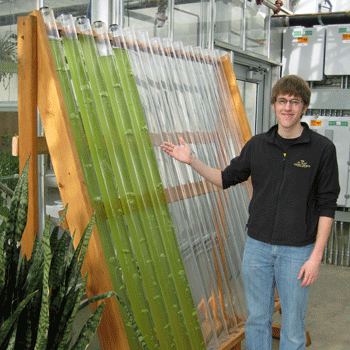Do you know students who are seeking Ph.D. training for a career that melds the unparalleled thrill of discovering basic biological mechanisms with the excitement of translating those findings into the novel therapies for human diseases?
In other words, Basic Science on Steroids, where students not only perform cutting-edge basic research that leads to new insights in biology, but also see how their discoveries can make a difference. If so, please forward this email to them so that they can learn more about the Mayo Clinic’s Molecular Pharmacology and Experimental Therapeutics Program (MPET) in the Mayo Clinic Graduate School.
You may not even be aware that Mayo has a graduate school that offers Ph.D. degrees. We do! And it’s just one part of Mayo’s commitment to research and education that includes a yearly research budget of over $500,000,000 (mostly from NIH grant awards) and full institutional support of Ph.D. training. What we offer:
Exceptional Student Outcomes
Examples of our student’s successes include (see attached PDF for details):
• Tremendous productivity during student training—Ph.D. (and M.D./Ph.D.) students graduating in the last 10 years averaged 5.8 publications, with publications in some of the very best journals in the world (e.g., Molecular Cell, Nature Immunology, Nature Genetics, Nature Cell Biology, PNAS, Neuron, Journal of Cell Biology, Journal of Biological Chemistry, Genes & Development, Nature Biotechnology).
• Nearly all students go on to academic postdoctoral training at top-notch institutions
• Former students now have careers as leaders in academia and industry.
• Funding of a highly competitive, peer-reviewed NIH predoctoral pharmacology training grant (T32GM072474) that received rave reviews (see attached PDF).
• Students complete Ph.D. training in an average of 5.2 years.
Committed Mentors
Our faculty members are committed to fostering the intellectual development of students into future leaders in biomedical science (as demonstrated by our student outcomes!).
Cutting-Edge Research
Our research programs are firmly rooted in basic science research that integrate across the disciplines of pharmacology, biochemistry, cell biology, molecular biology, genetics, physiology, genomics, and proteomics. The goals of these programs are to discover the basic mechanisms that regulate cell function and to translate these findings into novel therapies.
• Cancer Biology and Therapeutics—Discover the molecular underpinnings that drive cancer and new approaches to treat these diseases
• Regenerative Medicine—Research how to program (or reprogram) human cells to regenerate organs and develop novel therapeutics
• Pharmacogenomics and Genetics—Employ cutting-edge genetic technologies to discover, at the molecular and genetic levels, why humans have vastly different responses to drugs
• Drug Discovery—Use supercomputers and chemistry to discover and develop mechanism-based drugs
• Neurobiology and Genetics of Addiction—Develop sophisticated genetic models and methods to understand addictive behaviors
• Cardiovascular Biology and Therapeutics—Identify the molecular mechanisms and genetic defects that contribute to heart disease and develop improved therapies
Full Student Financial Support
Student stipend, tuition, and, benefits (including health insurance) are paid by the institution for 5 years! So, students don’t have to worry about how to fund their stipends and can focus on research.
To Apply
Applications are due by December 1, 2010. (Be sure to indicate MPET as your first choice!) http://www.mayo.edu/mgs/phd-admissions.html
To learn more about the MPET program and mentor’s research programs http://www.mayo.edu/mgs/mpet.html
Questions
Please don’t hesitate to contact me. E-mails are fine, but I especially welcome phone calls to discuss the program.
Larry Karnitz, Ph.D.
Professor and
Graduate Program Director
Molecular Pharmacology and Experimental Therapeutics
Mayo Graduate School
Mayo Clinic
College of Medicine
Rochester, Minnesota
Phone: 507-284-3124
Email: Karnitz.larry@mayo.edu



